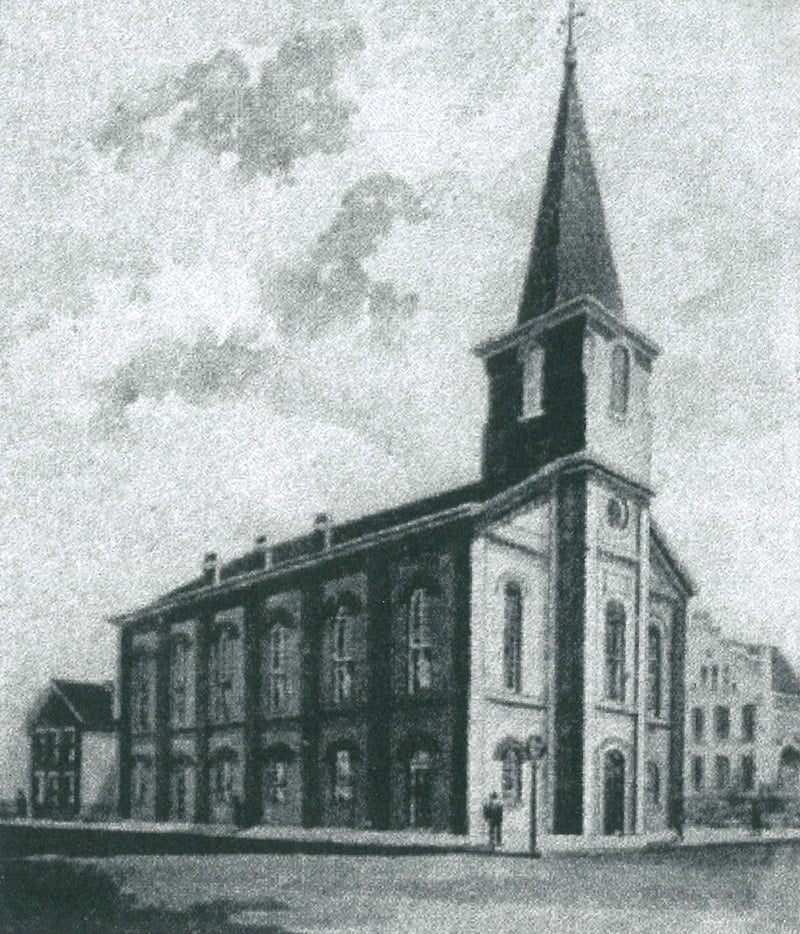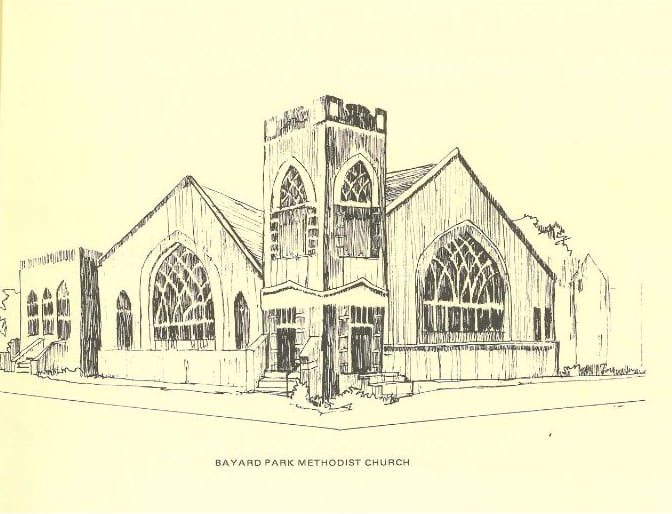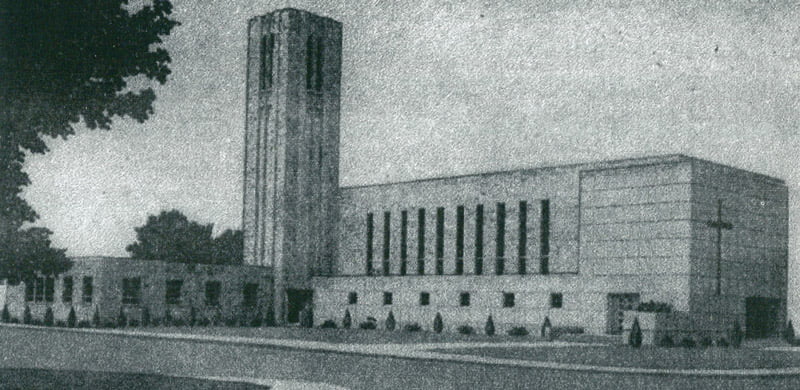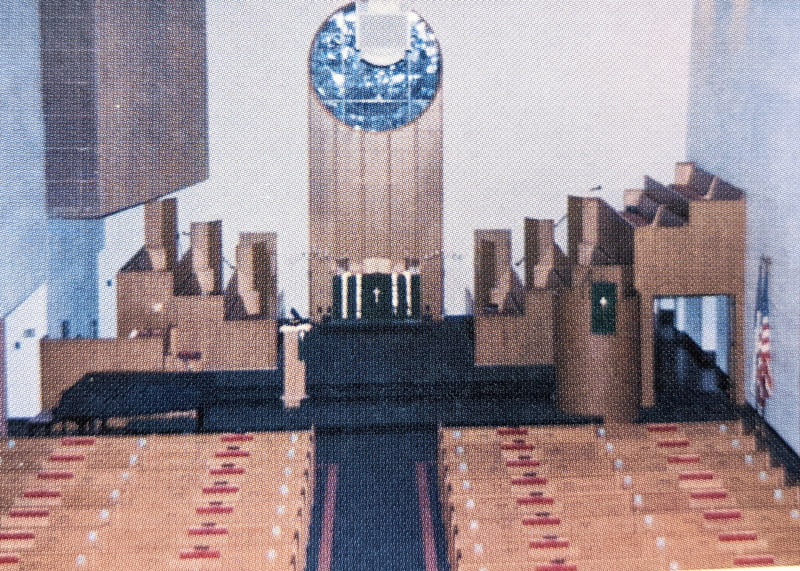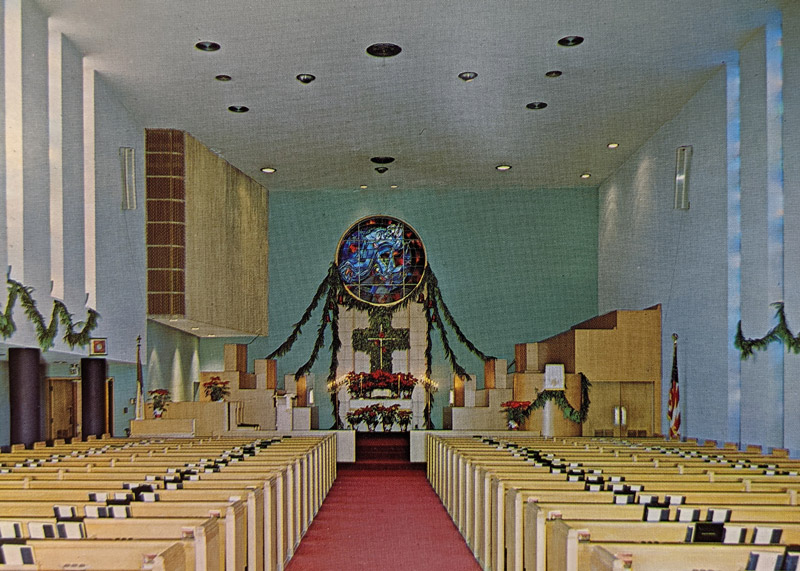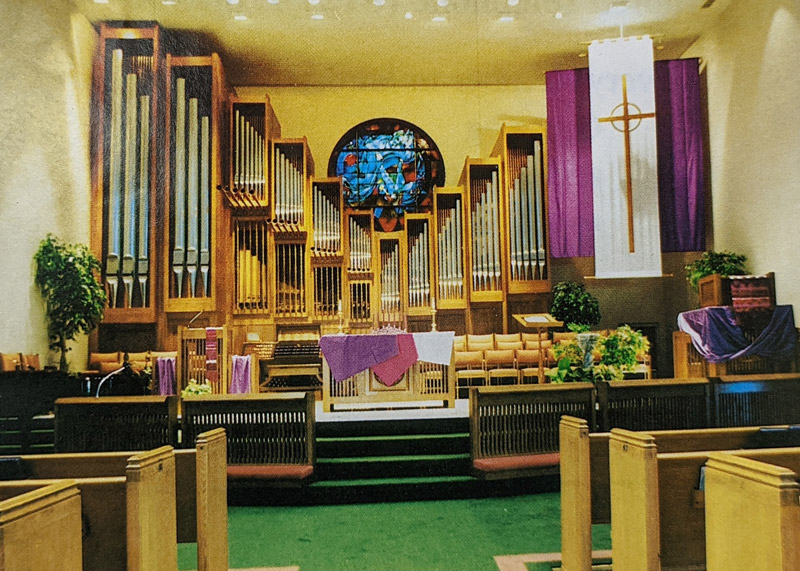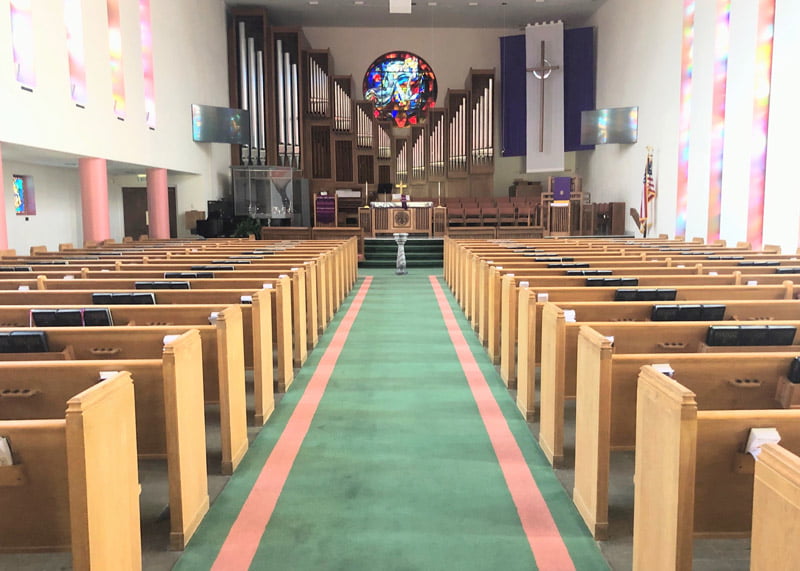Latest Sermons
Worship Service 6.15.25 11:00
Methodist Temple UMC June 3, 2025 12:35 pm
Worship Service 6.1.25 11:00
Methodist Temple UMC June 2, 2025 12:47 am
Worship Service 6.1.25 8:30
Methodist Temple UMC June 1, 2025 9:44 pm
Sermon 6.1.25 "Visited the Prisoner"
Methodist Temple UMC June 1, 2025 12:24 pm
The Goal of Our Faith | Episode 88
Methodist Temple UMC May 28, 2025 9:32 am
Sermon 6 8 25 "Pentecost Sunday"
Methodist Temple UMC June 9, 2025 7:28 pm
Worship Service 6.8.25 11:00
Methodist Temple UMC June 9, 2025 12:24 am
Worship Service 6.8.25 8:30
Methodist Temple UMC June 8, 2025 9:45 pm
Reflections on Kairos | Episode 89
Methodist Temple UMC June 4, 2025 9:01 am
Worship Service 6.15.25 8:30
Methodist Temple UMC June 3, 2025 12:36 pm
Worship Service 6.15.25 11:00
Methodist Temple UMC June 3, 2025 12:35 pm
Worship Service 6.1.25 11:00
Methodist Temple UMC June 2, 2025 12:47 am
Worship Service 6.1.25 8:30
Methodist Temple UMC June 1, 2025 9:44 pm
Sermon 6.1.25 "Visited the Prisoner"
Methodist Temple UMC June 1, 2025 12:24 pm
The Goal of Our Faith | Episode 88
Methodist Temple UMC May 28, 2025 9:32 am
Sermon 6 8 25 "Pentecost Sunday"
Methodist Temple UMC June 9, 2025 7:28 pm
Worship Service 6.8.25 11:00
Methodist Temple UMC June 9, 2025 12:24 am
Worship Service 6.8.25 8:30
Methodist Temple UMC June 8, 2025 9:45 pm
Reflections on Kairos | Episode 89
Methodist Temple UMC June 4, 2025 9:01 am
Worship Service 6.15.25 8:30
Methodist Temple UMC June 3, 2025 12:36 pm
